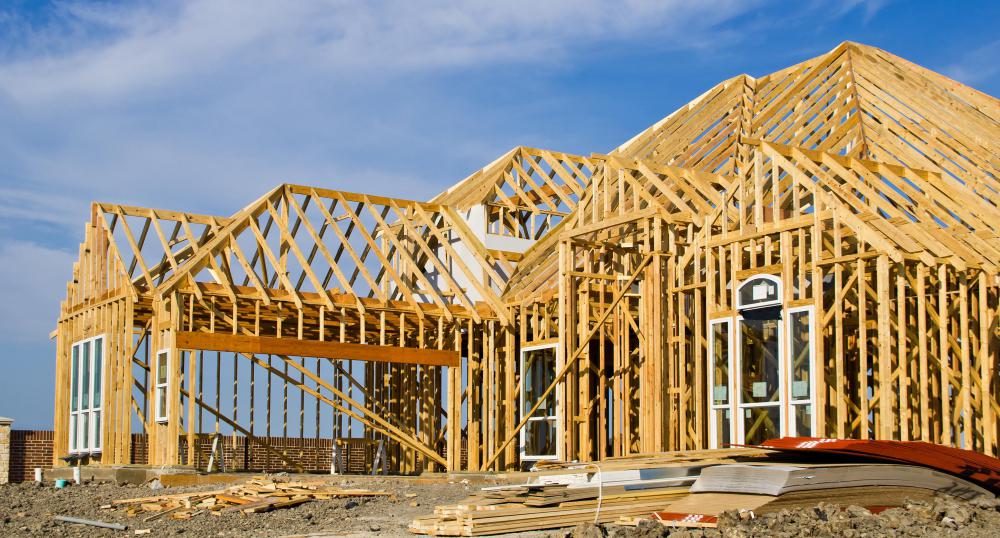At MyLawQuestions, we're committed to delivering accurate, trustworthy information. Our expert-authored content is rigorously fact-checked and sourced from credible authorities. Discover how we uphold the highest standards in providing you with reliable knowledge.
What are the Different Types of Easements?
An easement is a legal right that allows someone to use part of a property that he or she does not own. There are several different types, the most common being affirmative, negative, express, implied, permissive, prescriptive, conservation, and preservation. The various rights granted by each depend on the nature of its creation and its continued use.
Affirmative and negative easements are the most common types. An affirmative one gives a single person the right to use the property in question, and requires that the property owner allow that person access to his or her land. An example is a property owner allowing his or her next-door neighbor to use part of his or her land as a driveway to access the neighboring property.

A negative easement usually prohibits something. This type typically references architectural elements of a building on a property, such as barring the building of a structure higher than two stories. Homeowners’ associations usually have guidelines for neighborhood residents regarding architectural elements of homes, making negative easements rare in those areas.

Express, implied, necessity, and permissive easements refer to the cause for the right. An express one must be stated within a legal document, such as a will or property deed. The implied type is not written in any legal document, but its use begins as a result of certain circumstances. These situations may include those in which a property is being divided between new owners and the original owner wishes to retain the right to use a portion of it for the original purpose.

A permissive easement is one that occurs with the express permission of the landowner and is not necessary for the enjoyment of the adjoining property. An example of this would be a roadway that a landowner allows others to use, but which is not the only access to the property. A property owner in such a situation may post signs stating that the use of the property is permissive and that this right may be revoked at any time. A prescriptive easement comes about without the permission of the landowner, and typically without his knowledge. This type is necessary when an individual uses property that belongs to the land adjoining his, and gains permanent access once a certain amount of time has passed.

A conservation easement is an agreement between the landowner and a second party — generally the government — not to develop a certain portion of the land, for ecological reasons. A preservation one usually protects against the development, or change, of aspects of a piece of property, such as a building located on the premises. It often protects historical landmarks. Both of these types commonly qualify landowners for tax credits.
AS FEATURED ON:
AS FEATURED ON:














Discuss this Article
Post your comments